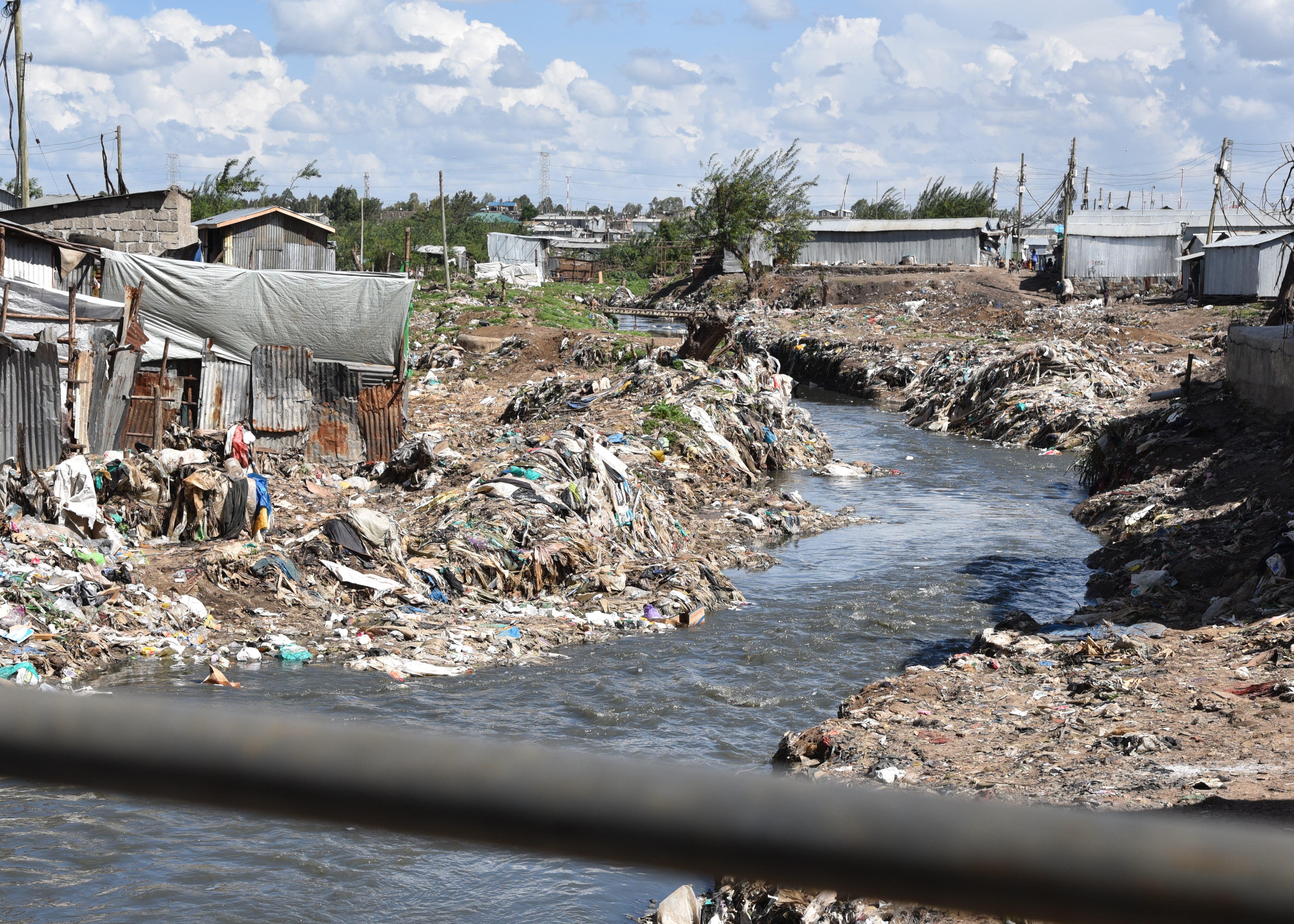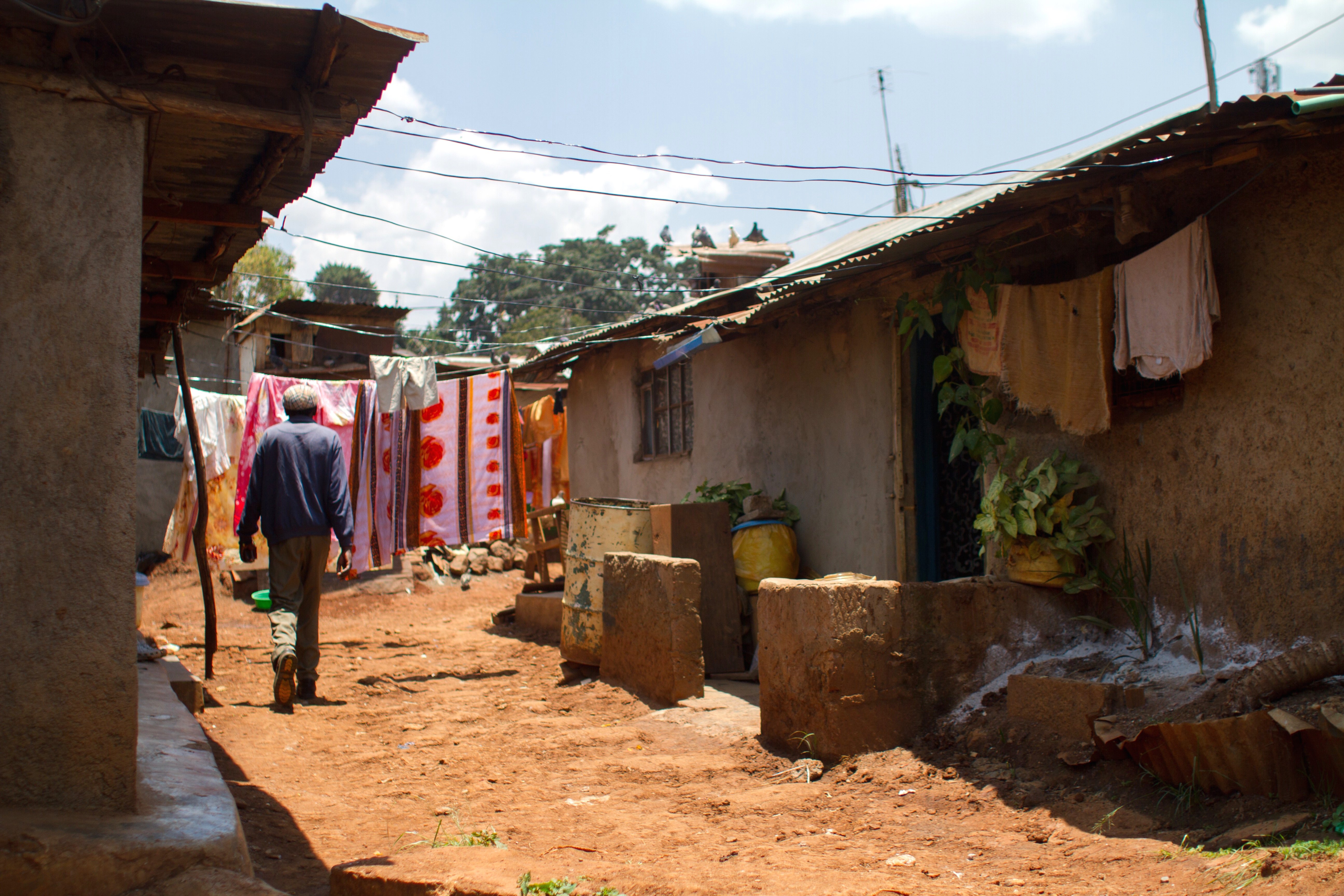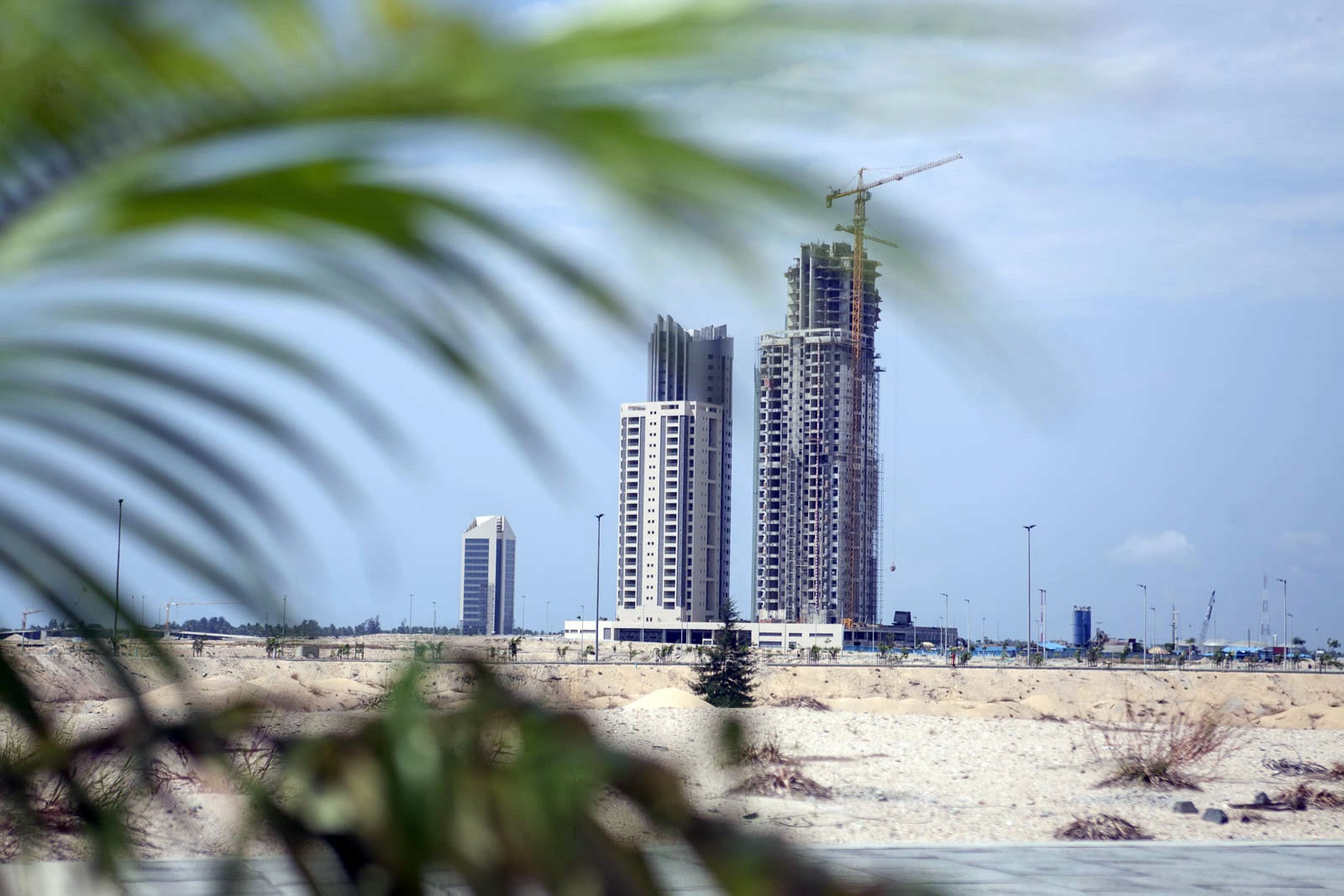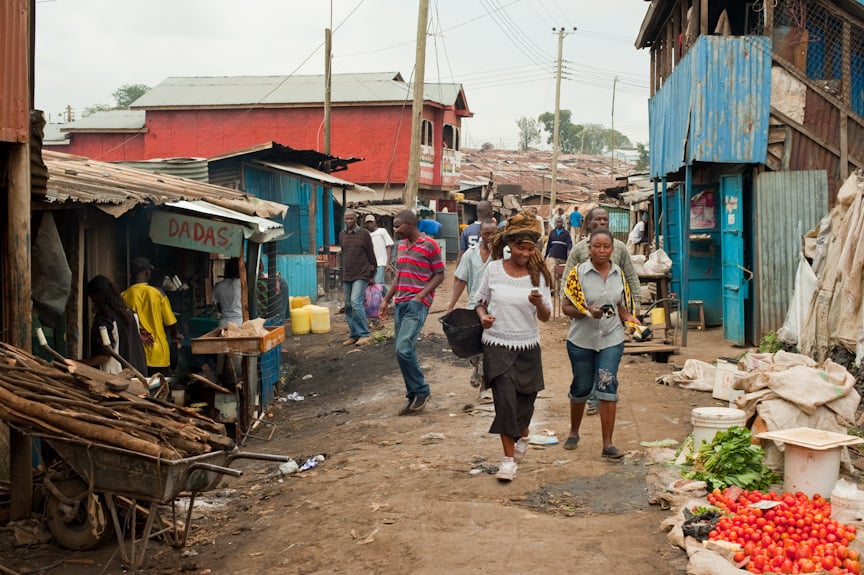In this series we explore how African cities can reform if the right policies and institutions are in place and supported.
African cities share three features that frustrate their development. They are crowded “but not economically dense”. That means low investment in infrastructure, business, and affordable housing. It’s an urbanisation of people, not capital.
African cities are also disconnected. They are collections of small, fragmented neighbourhoods poorly served by unreliable transportation.
African cities are also costly, both for residents and businesses. That’s a consequence of being inward-looking rather than export-orientated.
All these problems magnify the disaster risks for citizens.
Click on the title boxes below to read each story
African cities – time for urgent reform
Despite the discouraging scale of the problems faced, there are many examples of African cities trying to come to grips with their challenges

“Let's eradicate poverty, not poor people”
Otodo-Gbame was a 30,000-strong shanty settlement – until the bulldozers arrived. The problem for its inhabitants was the desirability of its lagoon-front location, which Lagos property developers had long eyed. Lagos’s bid to be the new Dubai, is at the expense of poor communities like Otodo-Gbame.

A home to call your own – even if it is a slum
The Nubians are a tiny ethnic group that has been discriminated against for decades. Earlier this year, their ownership rights to 288 acres of Kibera, Kenya’s largest slum, was finally recognised. The hope now is that the government will be alive to its responsibilities, and deliver on a better life to the hundreds of thousands of others that live in Kibera.

The flawed logic of forced slum evictions
A biting commentary on why providing poor people with security of tenure is a more effective way to upgrade cities rather than tearing down people’s homes in the name of development.

Urban crisis response needs a humanitarian sector shake-up
Urban disasters present humanitarian agencies with a challenge. Aid workers need to learn how to collaborate with local NGOs, government authorities and the private sector if their interventions are to be successful.

